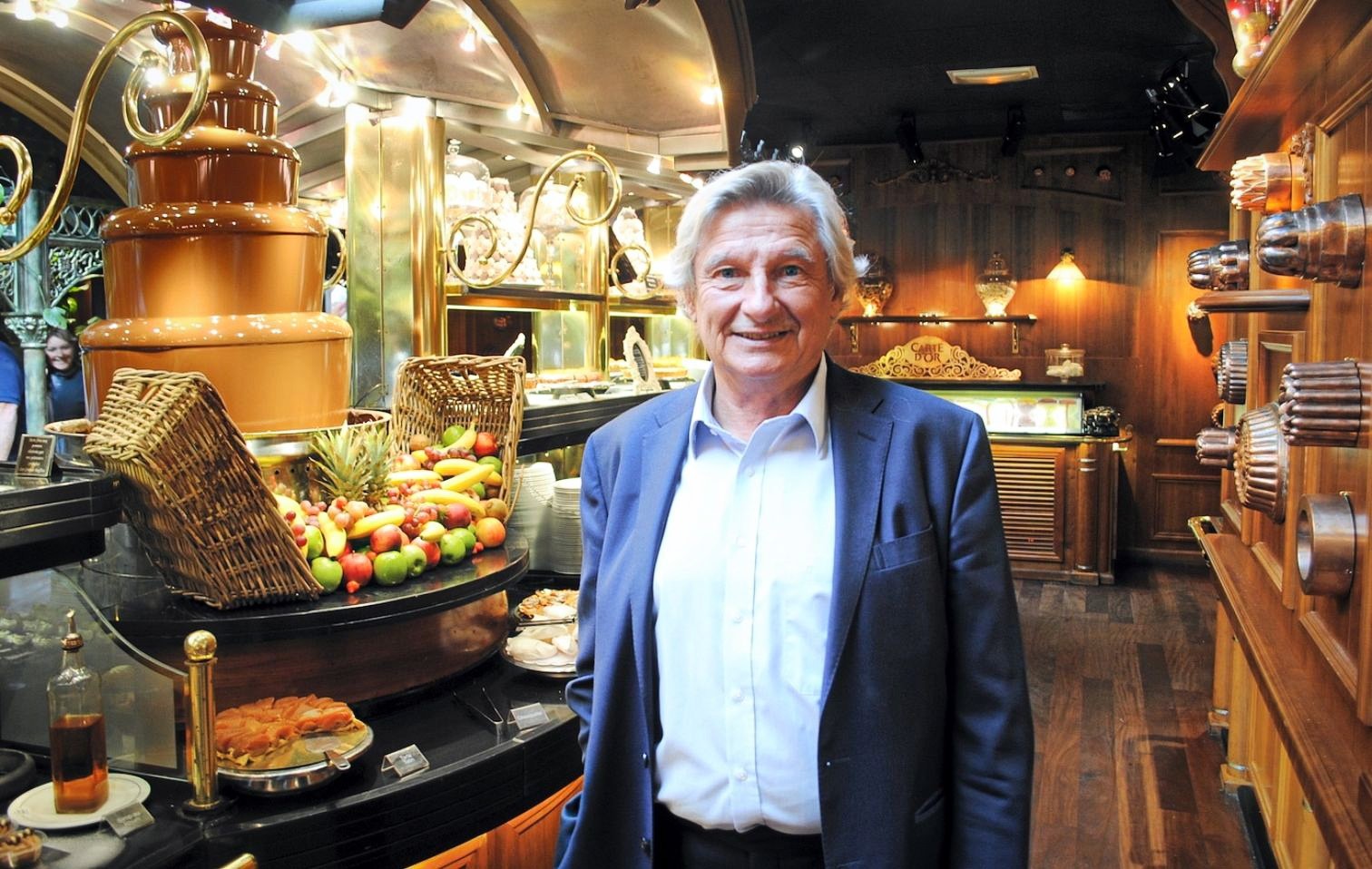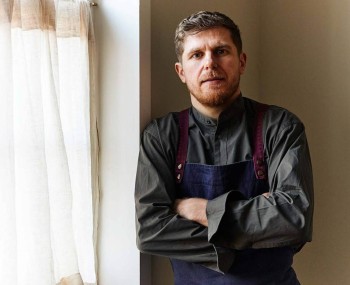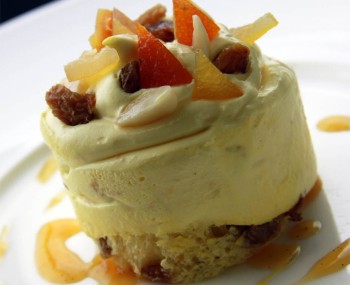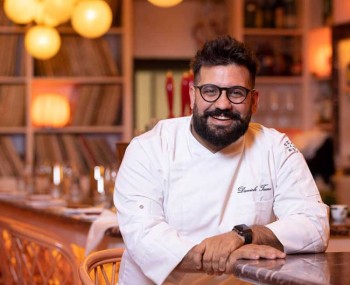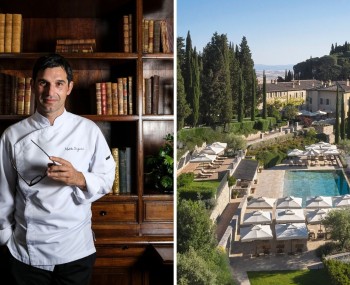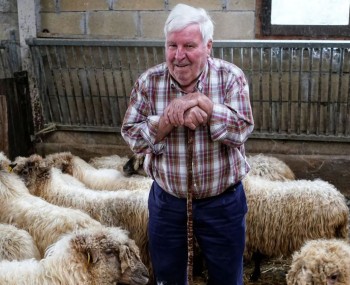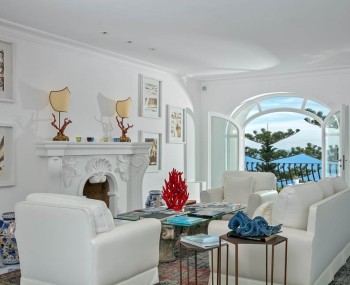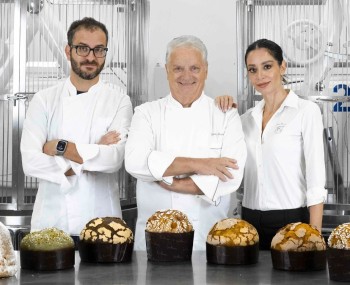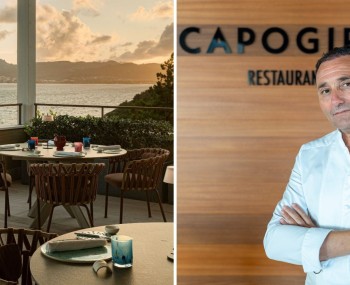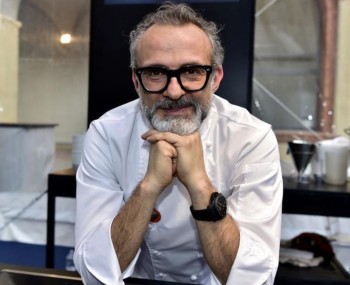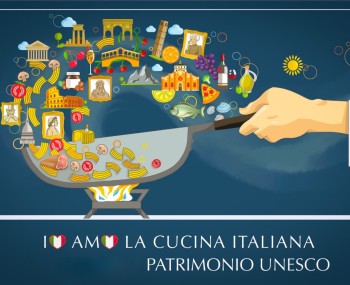The concept of Les Grands Buffets in Narbonne is startling, where classic and regional specialties of French cuisine are served in an all-you-can-eat format at a fixed price of €52.90. According to Michel Guérard, it's "the greatest culinary theater in the world," with a record waiting list in the country.
The news
We're used to thinking of all-you-can-eat as a discredited formula, confined to pseudo-Asian battlefields. Buffet is seen as a dusty legacy of the past, surviving only in hotel breakfasts (while it's the contemporary reincarnation of the seventeenth-century French service). Let's discover the exception at Les Grands Buffets, recently described by The New Yorker in a dedicated article: a magical place where abundance is the rule, from the 7-tiered lobsters to the chocolate fountain. Michel Guérard has rightly called it "the greatest culinary theater in the world."
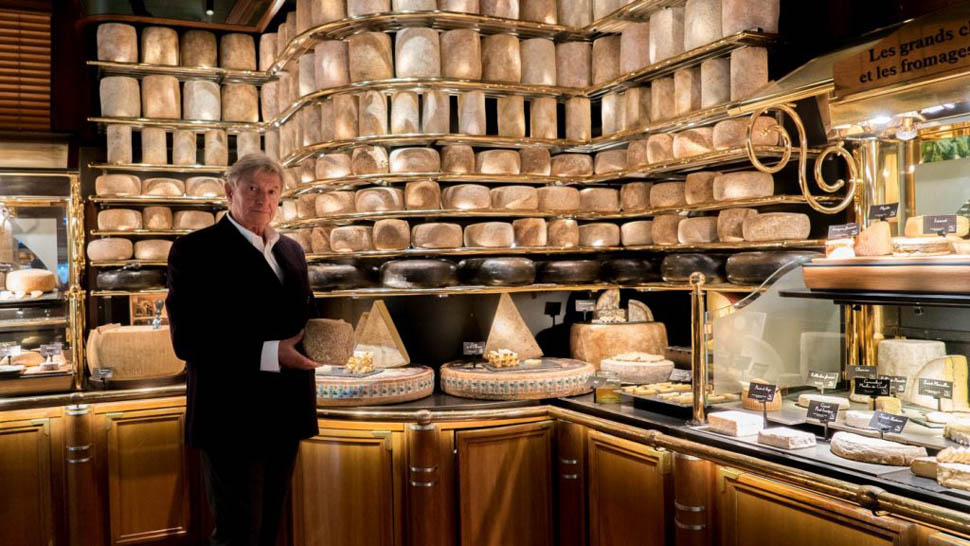
Here in Narbonne, a small town in southern France, it takes months to book a table, much more coveted than at Mirazur (on the website we read: "We received 2.3 million bookings in the last year"), and it's even mandatory to respect a dress code. Guests are only offered French specialties, whether they are great classics like hare à la royale, flaming duck, and peach Melba, or bourgeois recipes like beef bourguignon and veal blanquette, to more rustic but equally identity-affirming dishes such as snails, frogs, and regional specialities such pike quenelles or pissaladière.
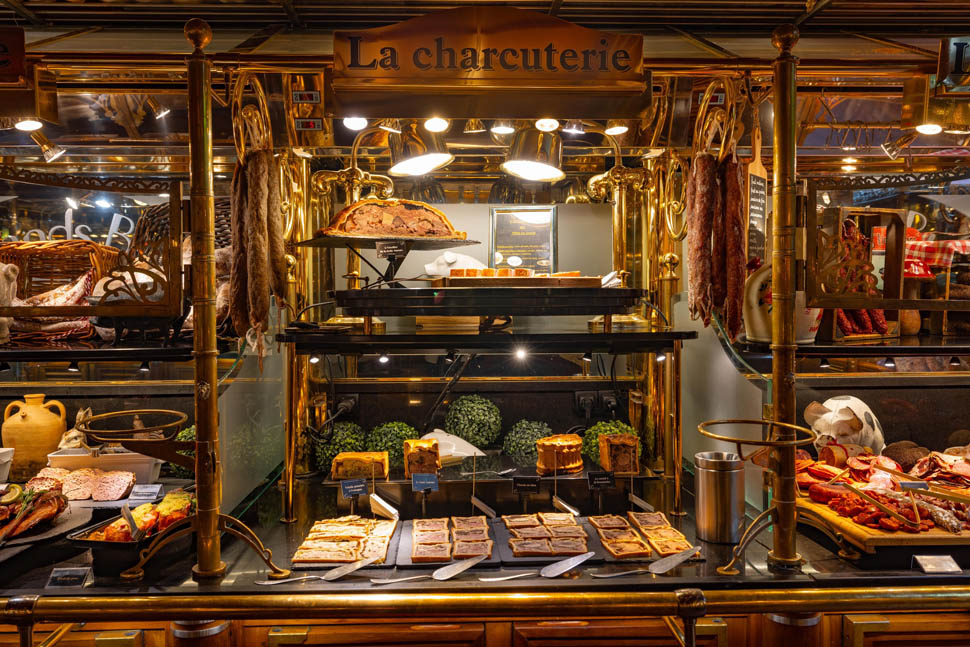
There are 9 types of foie gras, 5 pâté en croûte, including the rare oreiller de la Belle Aurore, 110 types of cheese, a record offer in global catering, caviar and tripe at will, but according to rigorous hygiene protocols and without waste. Because the portions are exact, and it is already known what will be consumed with reasonable certainty. The little leftovers will be destined for the employees, who share in the profits of the restaurant.
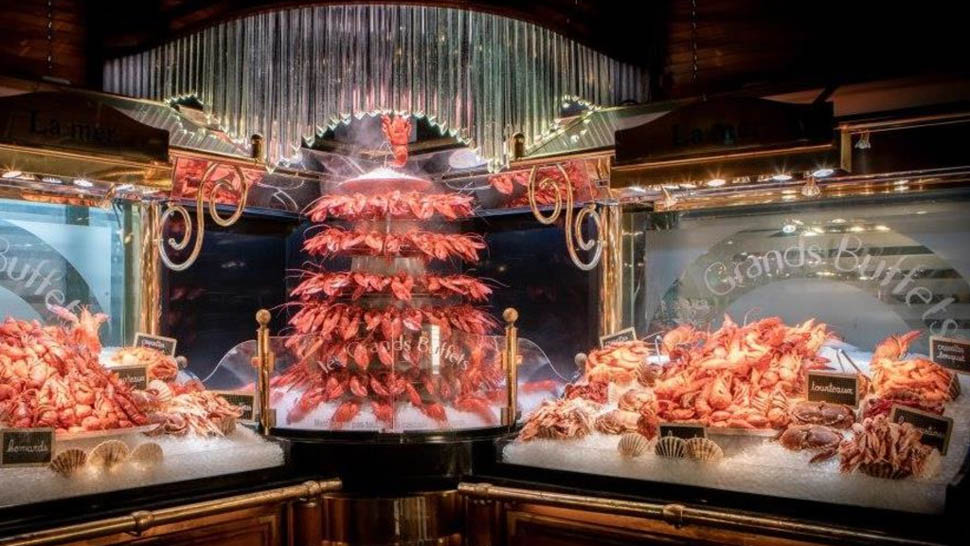
Last year, 380,000 people took advantage of it, each paying €52.90. Beverages excluded, of course, but markups are modest: for a bottle of Champagne, you might spend €25. Thus,last year it brought in €24 millions in revenue. Miracles of economies of scale, which allow keeping prices at a maximum, serving the same things practically every day to a predefined number of customers. Generosity is the practice, even in the case of leftovers to take home. The only rule is to serve oneself one plate at a time at certain stations.
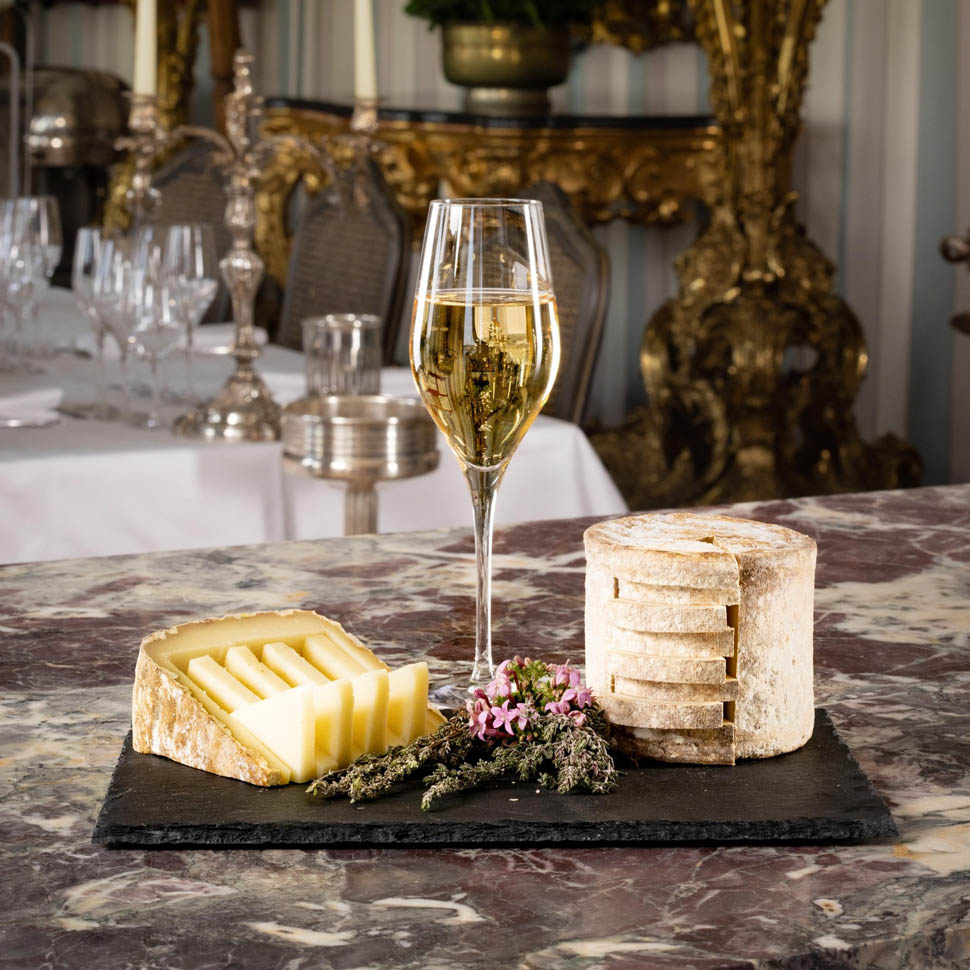
There are 4 rooms, sumptuously furnished and scattered with lavishly set tables. Because the number one enemy of owner Louis Privat is globalization, which makes people eat the same things everywhere, dissolving identities. For him, this is the "Louvre of cuisine", more than a company, a cultural mission. It's about passing on to new generations, misled by the melting pot and bistronomy, the fundamentals of the French gastronomic meal.
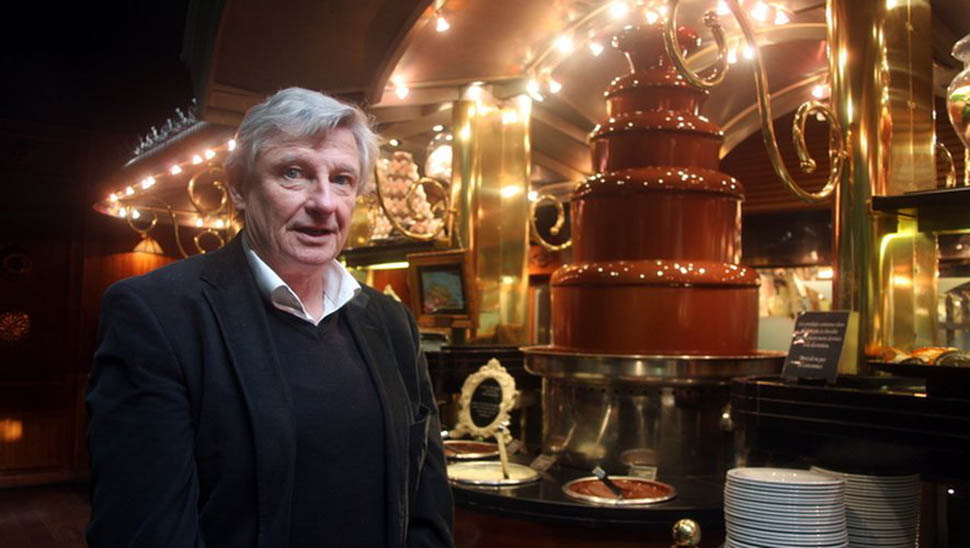
"Our main battle is to ensure that the dishes are not corrupted, even if the recipes are not recorded." Equally noted are his concerns regarding the lofty flights of haute cuisine: "Why put a Tarte Tatin in a shot glass?" is the phrase The New Yorker reports to explain his opposition to so many and such creative elaborations.
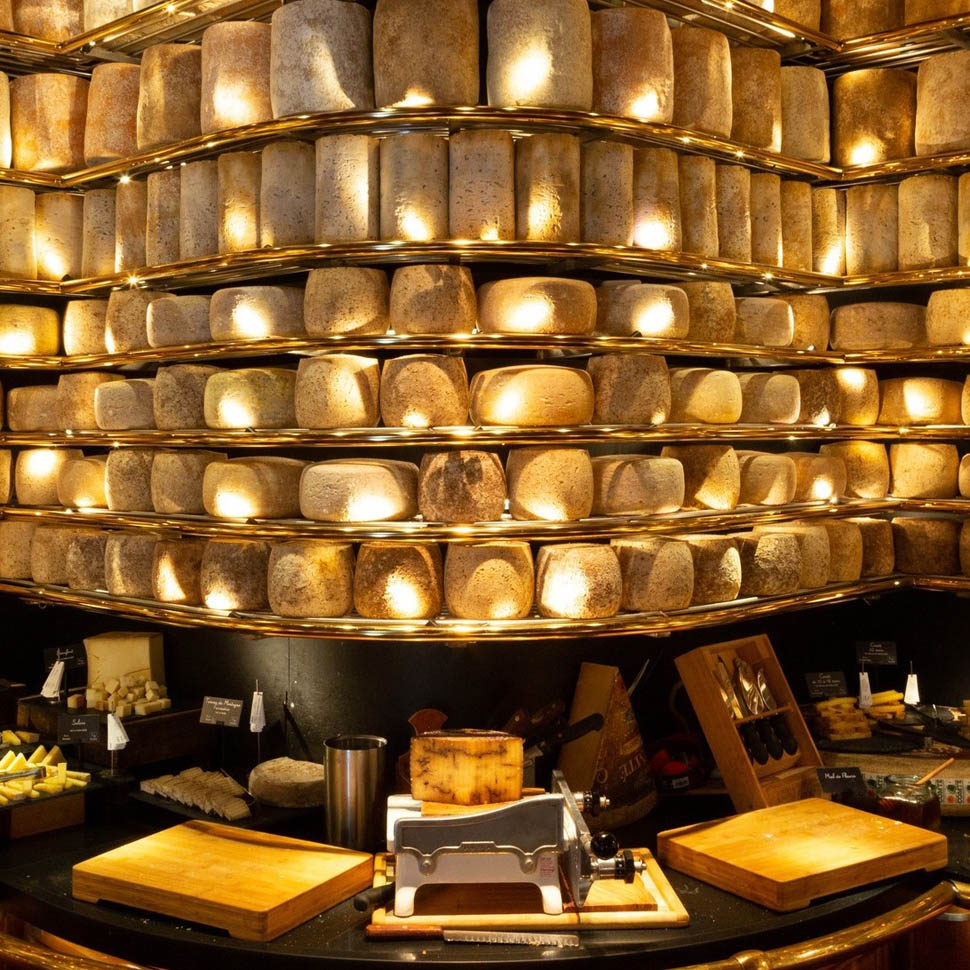
Since 1989, as the concept became clearer, the success has been such that proposals to replicate it have not been lacking, promptly rejected. But some attempts at emulation have even sprung up in Paris, such as Boulom by Julien Duboué, a chef with a prestigious pedigree, who in his establishment charges only for leftovers on the plate as extras.
